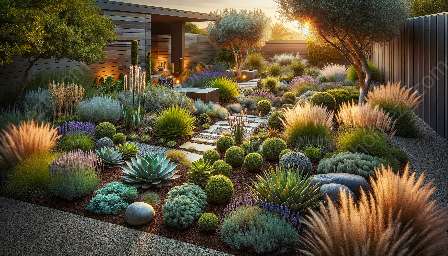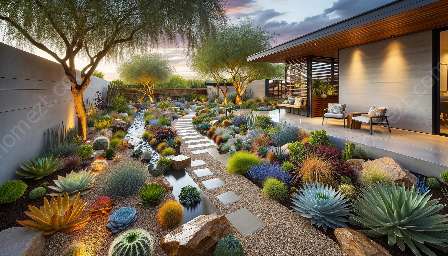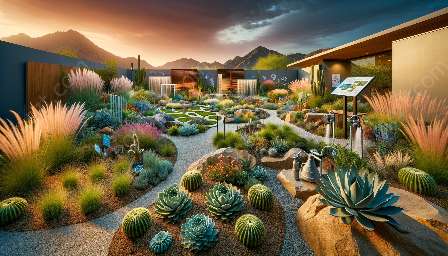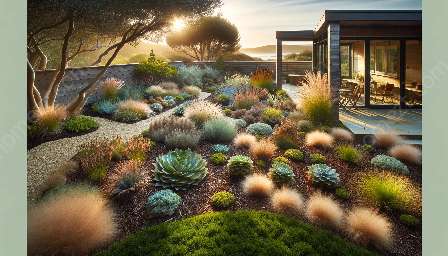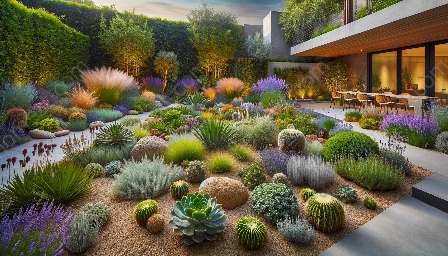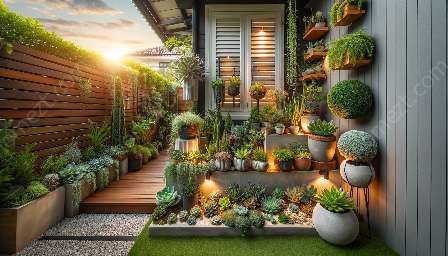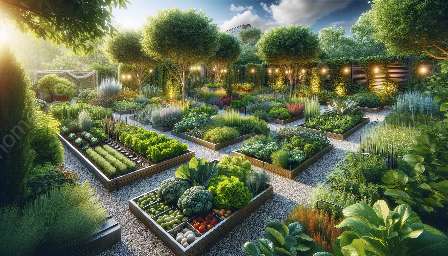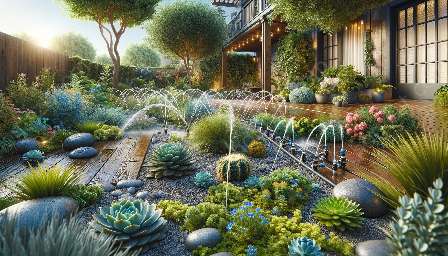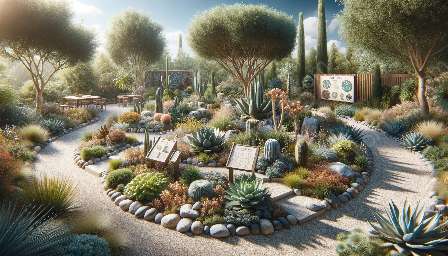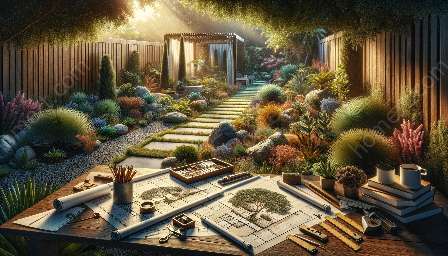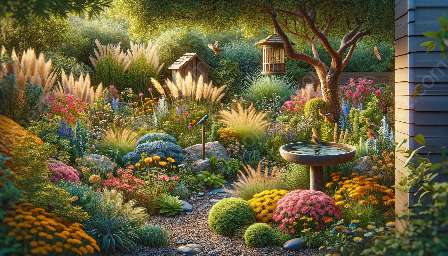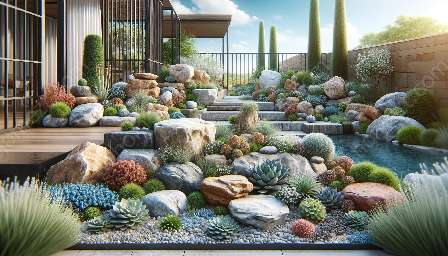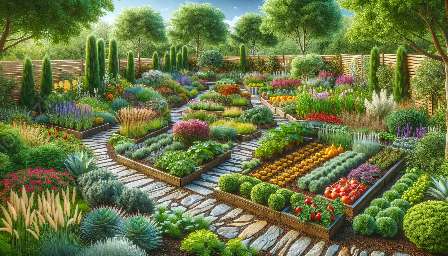Xeriscaping is a water-wise landscaping technique that is particularly suitable for small spaces. By incorporating xeriscaping principles, you can create an attractive and sustainable garden that reduces water usage, maintenance, and complements your overall landscape design.
When it comes to gardening and landscaping in small spaces, xeriscaping offers unique opportunities to harness the beauty of the natural environment. This comprehensive guide will help you understand the key elements of xeriscaping in small spaces, such as plant selection, design, and maintenance, while maintaining a strong focus on sustainability and aesthetic appeal.
Understanding Xeriscaping
Xeriscaping is a landscaping concept that originated in arid and semi-arid regions, focusing on reducing water usage while maintaining an aesthetically pleasing outdoor space. When applied to smaller gardens, xeriscaping revolves around choosing the right plants and implementing efficient design strategies to create a visually stunning yet sustainable landscape.
Benefits of Xeriscaping in Small Spaces
Implementing xeriscaping in a small garden presents numerous advantages, including:
- Water Conservation: By selecting drought-tolerant plants and incorporating water-efficient techniques, xeriscaping minimizes water consumption, making it an ideal choice for small spaces where water is limited.
- Low Maintenance: Xeriscaping reduces the need for excessive maintenance, making it perfect for individuals looking for a low-maintenance garden in a confined area.
- Biodiversity: Xeriscaping supports local wildlife by using native plants that attract beneficial insects, birds, and other fauna in small spaces.
- Visual Appeal: By incorporating colorful and textural elements, xeriscaping can create a visually stunning garden space, even in limited areas.
Plant Selection for Small-Space Xeriscaping
Choosing the right plants is essential for successful xeriscaping. For small gardens, opt for native or drought-tolerant plants that thrive in your local climate and require minimal irrigation. Additionally, consider using a variety of sizes and textures to create visual interest while conserving space.
Xeriscaping Design Principles for Small Spaces
When designing a xeriscape garden in a small area, consider the following principles:
- Drought-Tolerant Plants: Use plants that require minimal water and can withstand dry conditions.
- Efficient Irrigation: Implement drip irrigation systems or other water-efficient methods to ensure that plants receive the right amount of water without wastage.
- Grouping Plants: Arrange plants in clusters based on their water needs, sun exposure, and visual appeal to create a cohesive and efficient garden design.
- Functional Hardscaping: Maximize the use of pathways, rocks, and mulch to reduce the need for excessive watering while enhancing the overall aesthetic of the garden.
Maintenance Considerations for Small-Space Xeriscaping
Proper maintenance is crucial for the longevity and health of a xeriscape garden in a small space. Regular tasks such as mulching, weeding, and pruning help to conserve water and maintain a visually appealing landscape. Additionally, monitoring irrigation systems and making adjustments based on seasonal variations is essential for the success of your small-space xeriscape garden.
Conclusion
With thoughtful plant selection, efficient design, and proper maintenance, xeriscaping in small spaces can transform even the tiniest outdoor areas into a lush, sustainable, and visually stunning garden. By embracing the principles of xeriscaping, you can create an oasis of natural beauty while conserving water and minimizing maintenance efforts.

